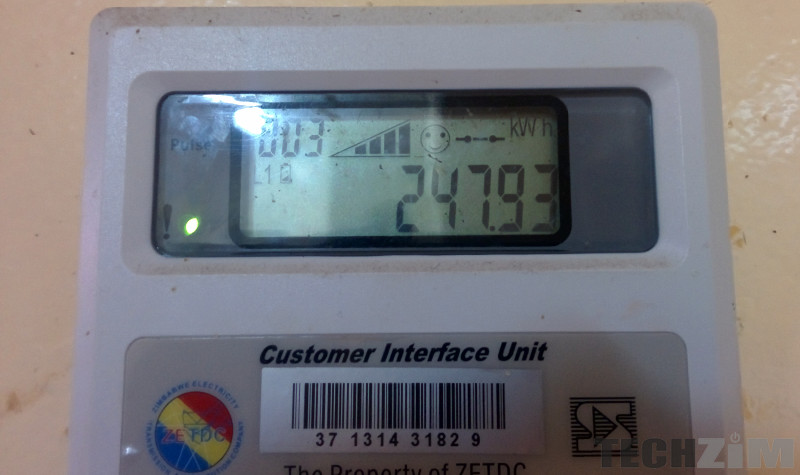Here is the scenario on the ground: ZESA charges US9.8c/kWh to everyone except for chrome producers who are charged US6.7c/kWh. The prevailing rate in the southern African region is around US6c.
Industry
The Confederation of Zimbabwe Industries (CZI) is calling on ZESA to revise their tariffs downwards to bring them in line with the rate prevailing in the region.
CZI says the high cost of electricity in this country is one of the reasons local companies are not able to compete with their regional counterparts. Electricity is one of the key cost drivers and if reduced to comparable rates in the region it would cease to be a disadvantage for Zimbabwean companies.
CZI highlights Ethiopia as an example of how lower power costs make products more competitive. They point out that in Ethiopia the electricity cost is about US3c/kWh and that is one of the reasons Ethiopian leather is globally competitive.
Zesa
The Zimbabwe Electricity Supply Authority (ZESA) actually wants to increase the tariff from US9.8c to US12.8c/kWh. Why, you ask? ZESA is making losses if you can believe it. They want to add three cents to the tariff so that they can break even. Breaking even means that point when they are not making profit but not making losses either.
If ZESA’s Zambian counterpart can charge 6c and still be profitable how come ZESA needs 12.8c to break even? Inefficiency is the word. ZESA has ageing equipment which is prone to down-times and is more expensive to run. This is compounded by inefficiencies in power distribution.
Zimbabwe imports about 30% of its power as 1000 megawatts are generated in the country against a peak demand of about 1400 megawatts.
For those 400 megawatts ZESA needs foreign currency to import. The problem is that we pay them in our bond notes and those cannot be used to import. That is one of the challenges that they face.
ZESA also struggles in the debt collection department. You might be wondering how that is considering we have prepaid meters now. Well, in June 2017 they were owed over $1 billion by parastatals, local authorities and Sable Chemicals.
This is not the first time that ZESA has tried to increase tariffs, last year the Zimbabwe Energy Regulatory Authority (ZERA) turned down their application to increase tariffs by 49%.
ZERA says they won’t entertain any tariff reduction applications until ZESA first implements cost cutting measures and improves efficiency levels.
Industry
We understand the CZI’s call for reduction in tariffs but after looking at ZESA’s struggles they are unlikely to see any reduction any time soon. It cannot be disputed that the higher power costs affect Zimbabwean companies’ competitiveness globally but power costs are not the biggest reason they are not competitive but that’s a whole ‘nother story.
Zimbabwean companies face higher utility costs all around. The difference in water costs between Zimbabwe and Zambia is shocking. It costs $2 per 1000 litres in Zambia whilst it costs $80 per 1000 litres in Zimbabwe. That’s 40 times the Zambian cost.
Delta needs 320 million litres per year and that costs them about US$25.6m whilst that would have been US0.6m in Zambia.
The solution
I won’t insult anyone by pretending I know how all this can be solved. The solution however includes an overhauling of state enterprises. Service delivery by the government needs to improve. Could privatising ZESA help? Yes but can we afford to have power delivery exclusively in private hands?
What we know is that it is unacceptable that ZESA makes losses charging 9.8c whilst some make profits at 6c/kWh. It is unacceptable that local companies pay $80 per 1000 litres when Zambians pay only $2 per 1000 litres.


Comments
One response
The local Zimbabwean market is very skewed against the consumer or client. Someone imports an LED 32″ TV from RSA at R 1900 ($146) and sells it in Zimbabwe for $300 (R3900) – that’s our mentality. Profit must be 50% and higher which is highly unsustainable in USD terms . NB there is no value addition at all just moving goods from point A to B.
Another example, combi fare is $1 and until it is full (even if it takes the whole day to get full) it still won’t move until all 18 seats have been filled. In RSA, 7 passengers and it should take off). Business model where time does not matter defy logic. Even in the 1st World, it is too idealistic for a business to run at 100% capacity, 100% of the time. There is always slack periods which should be factored in business. With ZESA my view would be that they do a BPR first, retain critical staff, shed extra staff, cut down on a top-heavy management and reduce their perks which should be aligned to profitability. Cut bonuses and allowances if the bottom line can’t afford it. Running a business is never easy, this is why most businesses fail along the way. This is also why not every MBA holder is an excellent administrator.